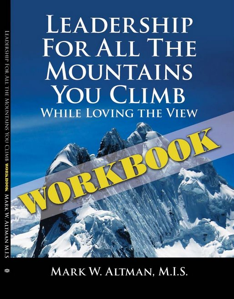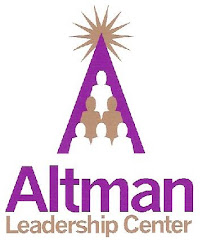Over the past weeks we have looked at a number of rites of passage- specific times in our lives that mark the end of one phase of life and the start of another. This week we will look at the statistically most dangerous rite of passage (unless you count death as a rite of passage); becoming a teenage driver.
In case you doubt the veracity of my claim; be warned, if you are a parent of a teenage driver I may just scare the wits out of you, here are a few statistics:
- Across the US between 5,000 and 6,000 teenagers die in traffic accidents every year (by comparison we have lost 3,834 service members in Iraq- as of my writing this). While the circumstances are obviously different, we do not focus our attention or political will to the problem very well.
- Another 300,000 will be seriously injured. Yes, 300,000 per year.
- In Idaho alone in 2005, there were 66,637 licensed drivers between the ages of 15 to 19. Those teens had 7,309 collisions, of which 326 were considered fatal or serious, resulting in 38 fatalities, and 377 serious injuries.
OK parents, do the little “shiver thing”; the worst is over, here is the good news. Research indicates that parent behaviors are related to teen driving outcomes; so the manner and frequency you talk with your teen about your expectations and then your subsequent management of unsupervised driving, can positively impact teen independent driving behaviors. If we as parents are going to have this positive impact upon our teen drivers, we have to first identify behaviors associated with safe and unsafe driving such as: using safety belts, obeying traffic laws, and reducing distractions such as friends in the car, cell phone use, changing CDs, eating or drinking and applying make-up.
Parent-Teen Agreements can be a powerful tool to help both of you. The contract should be written not oral; you can find examples on the Internet, and it should spell out both behaviors and the consequences of those behaviors. You should include rewards for good behavior as well as negative consequences for mistakes. The most powerful part of the agreement is the “zero tolerance” policy for alcohol or drug use while driving. As these are also illegal behaviors, having a license revoked may be the least of the teen’s concerns.
Another set of behaviors that a parent should take into account is the maturity the teen displays outside the vehicle such as academic achievement, obeying curfews, attitudes toward peer pressure, and general behavior. One study I found even correlated rebellious and deviant behaviors with unsafe and impaired driving, and showed that better academic performance appears to be a buffer against risky behaviors.
Idaho has one of the most liberal age requirements in the US for drivers. Some Idahoans argue our agrarian lifestyle was the rational for allowing teens to drive so young, but that way of life has largely passed. Dave Carlson, AAA Idaho Director of Public and Government Affairs, argues the minimum age should be raised to reflect current Idaho way of life; however, so far little political traction has been made.
Be engaged with your teen and make sure they can ask you questions and voice their concerns, and that you voice yours. Use a Parent-Teen Agreement and stick to it, pointing out the consequences of poor choices when driving, and last, maybe most importantly, set a good example to your kids in your own driving. While turning the keys over to a teenager is likely to always cause no small amount of trepidation, these steps will increase the chances of another successful step toward adulthood.
Altman Leadership Center Speaking/Consulting web page
Subscribe to:
Post Comments (Atom)








No comments:
Post a Comment